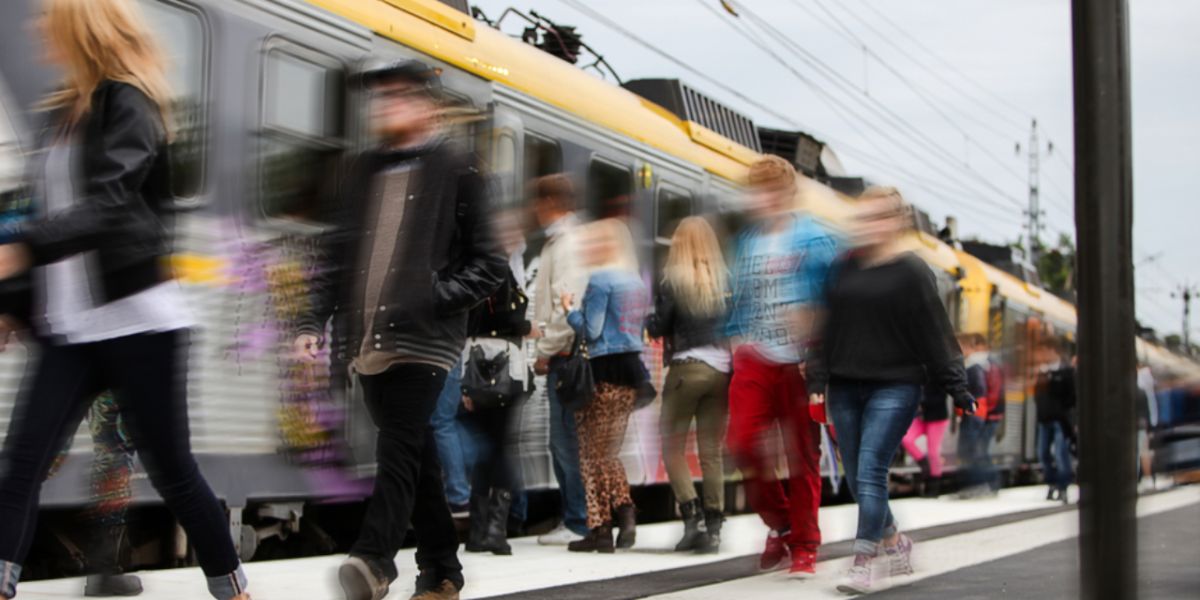
Like most European countries, Sweden has a thoroughly developed transportation network. Even if you move into a somewhat rural area, you will have no problem travelling from one region to another. Moreover, the major Swedish cities also have their own, sophisticated transport networks so as to facilitate commuting and everyday life. Public transport tickets are for the most part fairly priced and there are ‘commuter ticket’ options for frequent travellers.
City transport
Swedes love using public transportation, as it is cheaper and better for the environment than using their cars. In general, the bus and transports service is known as Lanstrafiken but every city and/or county has its own transportation network, the sophistication of which depends on the city's size and density of population. Tickets can be bought online via apps, on ticket machines in certain stations or, in the case of the bus, directly from the driver.
Stockholm has the most extensive transportation system, combining a subway (T-bana), buses, commuter trains and trams (in the summertime). The subway network consists of 7 lines which serve a total of 100 stations.
Good to know:
Sweden also has a wide taxi network. Note, however, that taxis operate according to a pre-established fee schedule which can differ from taxi company to taxi company. You are advised to inquire on the fare (or check online) before boarding the vehicle to avoid surprises.
Travelling by train
Travelling by train in Sweden can be a great way to explore the beauty of the country as, in order to go from one city to another, for instance, you will most likely pass through forests and lakes. Even quite small towns have their own train station, although the main railway hubs are in Stockholm, Gothenburg and Malmö. There is also a high-speed service between all three cities, as well as a high-speed service to the Arlanda Airport from Stockholm.
The trains in Sweden are operated mostly by SJ (Swedish Railways) but other companies such as Tågkompaniet, Snälltåget (which literally translates to 'The Nice Train' and offers overnight rides from Malmö to the ski resorts in the north of Sweden) and Inlandsbanan are also prominent. SJ provides several types of services:
- rapid trains which go around Sweden (but which are more expensive)
- intercity trains
- local trains (which commute within Gothenburg and Stockholm)
- night trains (which connect Narvik in Norway to Malmö in the south of Sweden)
In general, ticket prices vary according to the type of train, class, travel schedules and purchase date.
Good to know:
There are discounts for students and commuter tickets for frequent travellers. You can also become a member of SJ Prio and collect points, similar to airline miles, which earn you discounts in future purchases.
Travelling by air and by sea
Besides international flights, Swedish airline companies also provide regional and domestic flights. So if you wish to save time, travelling by plane can get you from the south of the country (Malmö) to the north (Kiruna) in just 3 hours and 20 minutes instead of a 20-hour drive. The largest domestic operator is SAS and covers most of Sweden. At the Arlanda airport in Stockholm, you will find direct flights to all mainland airports in Sweden.
If sea travel is your favourite, you are in luck. The Swedish capital is literally an archipelago that you can explore by ferry, but the Gothenburg archipelago is also worth visiting and easy to reach. There are several other archipelagos in the country, and there are ferry services to most of them.
Useful links:
Visit Sweden
Storstockholms Lokaltrafik ' the National Transports Network
Swedish Railways
Swedavia Airports
We do our best to provide accurate and up to date information. However, if you have noticed any inaccuracies in this article, please let us know in the comments section below.








